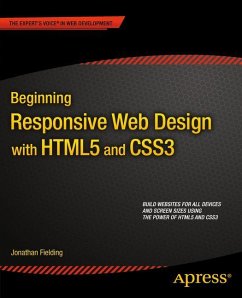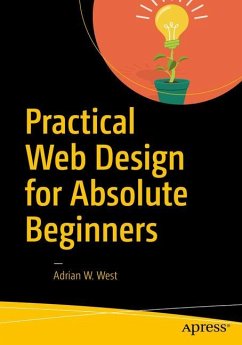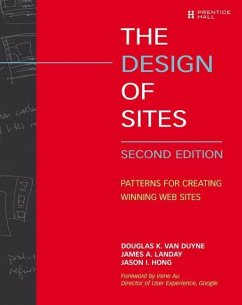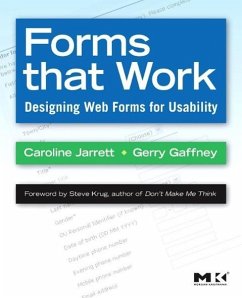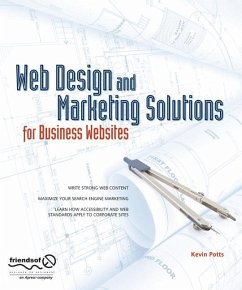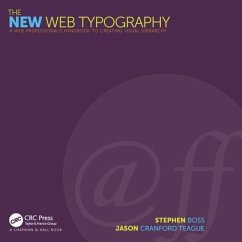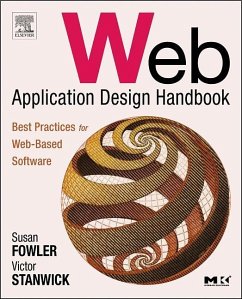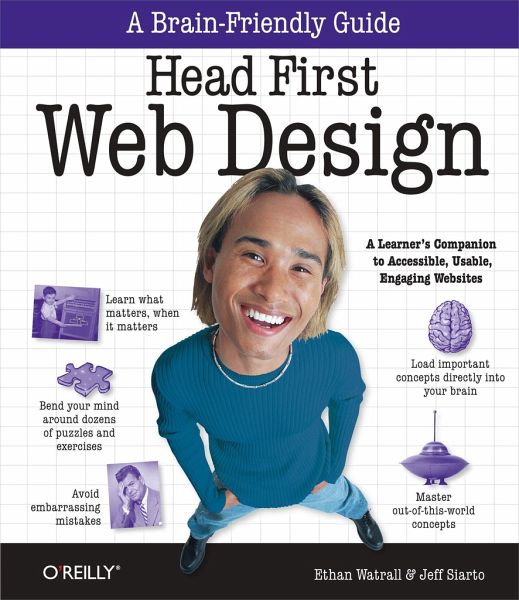
Head First Web Design
Versandkostenfrei!
Versandfertig in 2-4 Wochen
47,99 €
inkl. MwSt.
Weitere Ausgaben:

PAYBACK Punkte
24 °P sammeln!
Want to know how to make your pages look beautiful, communicate your message effectively, guide visitors through your website with ease, and get everything approved by the accessibility and usability police at the same time? Head First Web Design is your ticket to mastering all of these complex topics, and understanding what's really going on in the world of web design.Whether you're building a personal blog or a corporate website, there's a lot more to web design than div's and CSS selectors, but what do you really need to know? With this book, you'll learn the secrets of designing effective,...
Want to know how to make your pages look beautiful, communicate your message effectively, guide visitors through your website with ease, and get everything approved by the accessibility and usability police at the same time? Head First Web Design is your ticket to mastering all of these complex topics, and understanding what's really going on in the world of web design.
Whether you're building a personal blog or a corporate website, there's a lot more to web design than div's and CSS selectors, but what do you really need to know? With this book, you'll learn the secrets of designing effective, user-friendly sites, from customer requirements to hand-drawn storyboards all the way to finished HTML and CSS creations that offer an unforgettable online presence.
The revised two-color edition of this book includes a free online version of the chapter on web color. You can easily access this chapter at Oreilly.com once you register your book.
Your time is way too valuable to waste struggling with new concepts. Using the latest research in cognitive science and learning theory to craft a multi-sensory learning experience, Head First Web Design uses a visually rich format specifically designed to take advantage of the way your brain really works.
Whether you're building a personal blog or a corporate website, there's a lot more to web design than div's and CSS selectors, but what do you really need to know? With this book, you'll learn the secrets of designing effective, user-friendly sites, from customer requirements to hand-drawn storyboards all the way to finished HTML and CSS creations that offer an unforgettable online presence.
The revised two-color edition of this book includes a free online version of the chapter on web color. You can easily access this chapter at Oreilly.com once you register your book.
Your time is way too valuable to waste struggling with new concepts. Using the latest research in cognitive science and learning theory to craft a multi-sensory learning experience, Head First Web Design uses a visually rich format specifically designed to take advantage of the way your brain really works.




